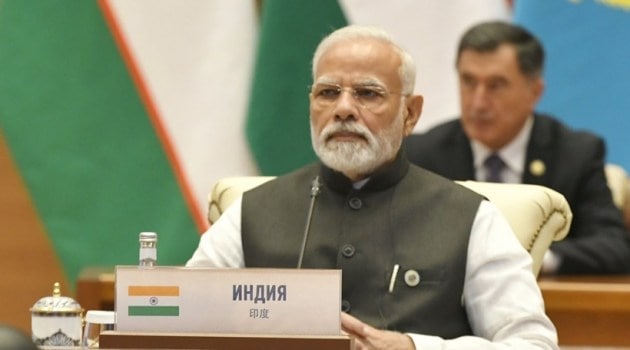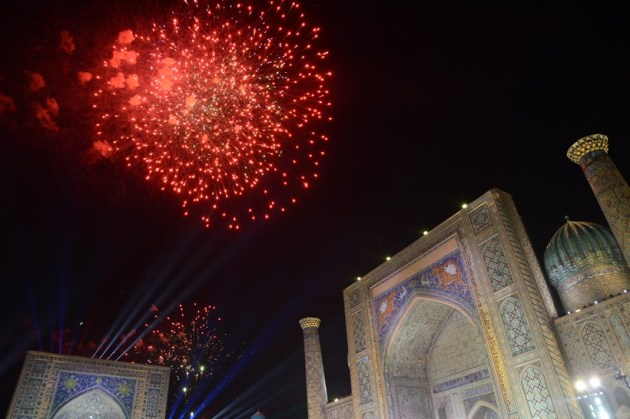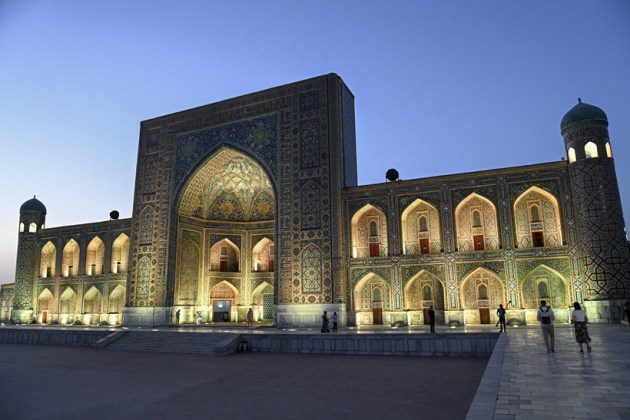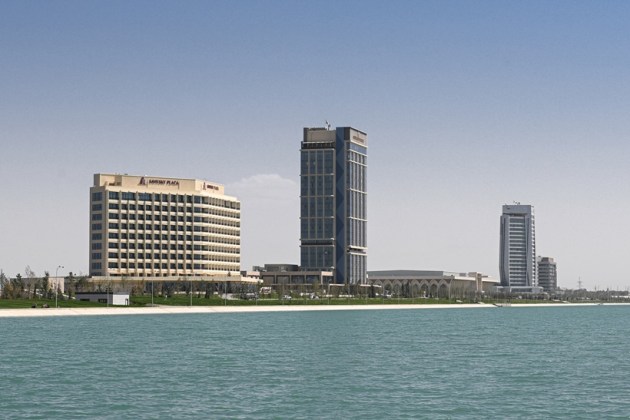As PM Modi attends SCO summit in Uzbekistan’s Samarkand, know more about the city through pictures
Prime Minister Narendra Modi is currently attending the annual summit of the Shanghai Cooperation Organisation (SCO) in Samarkand in Uzbekistan, a city that is famous for its mosques and mausoleums.
September 16, 2022 17:14 IST 1 / 13
1 / 13Prime Minister Narendra Modi is currently attending the annual summit of the Shanghai Cooperation Organisation (SCO) in Samarkand in Uzbekistan, a city that is famous for its mosques and mausoleums. (PTI Photo)
 2 / 13
2 / 13Earlier this month, the Ministry of External Affairs (MEA) had confirmed the PM's visit to the country on September 15 and 16; he joins other SCO leaders like China president Xi Jinping, Russia president Vladimir Putin, Pakistan prime minister Shehbaz Sharif and Iran president Ebrahim Raisi. (Twitter/@MEAIndia)
 3 / 13
3 / 13Uzbekistan is the current chair of the organisation. Let us take a look at some idyllic pictures of the city of Samarkand which, according to UNESCO, is one of the most important sites on the Silk Route -- an ancient trade route that links China to the Mediterranean -- traversing Central Asia.
 4 / 13
4 / 13The city of Samarkand is located in the Zarafshan River valley, in north-eastern Uzbekistan. This city has natural resources in abundance and settlements in the region can be traced back to 1,500 BC, states UNESCO.
 5 / 13
5 / 13Once upon a time, Samarkand was renowned for its crafts. It had a citadel, a strong fortification, which was many centuries prior to its conquest by Alexander in 329 BC.
 6 / 13
6 / 13During the early medieval period, Samarkand was inhabited by the Sogdian peoples of Iranian origin, who were famous for their trading skills. The Sogdian merchants find mention in the recorded Chinese descriptions of the region.
 7 / 13
7 / 13Colonies comprising Sogdian people were set up along the trade routes. There is evidence of merchants from Samarkand making their way to China, so as to trade precious metals, spices and cloth.
 8 / 13
8 / 13Interestingly, according to UNESCO, there are Sogdian inscriptions found on the rocks in northern Pakistan that testify their activities on the routes to India as well.
 9 / 13
9 / 13Samarkand, therefore, has enjoyed many cultures and different religions, and it is seen in the way that the city has shaped up over the years, while still being tethered to its roots.
 10 / 13
10 / 13According to UNESCO, there is evidence -- in paintings and other archaeological material like written sources -- that in the city of Samarkand there existed several religions which were practised, like Zoroastrianism and Christianity. There are wall paintings that show influences of Hinduism and Manichaeism, as well.
 11 / 13
11 / 13After the conquest of Alexander the Great, the city fell into the hands of Iranian and Turkic rulers, until its conquest of Mongols under Genghis Khan.
 12 / 13
12 / 13Interesting to note that the city's Bibi-Khanym Mosque -- built during the Timurid Renaissance -- was rebuilt during the Soviet era. And it is one of the city's most popular and notable landmarks.
 13 / 13
13 / 13Samarkand, a district-level city, is the capital of Samarkand Region. Today, it is divided into two parts: the old city and the new city. The latter was developed under the Russian Empire and Soviet Union, and the former includes more tourist-y things like monuments, old houses.











